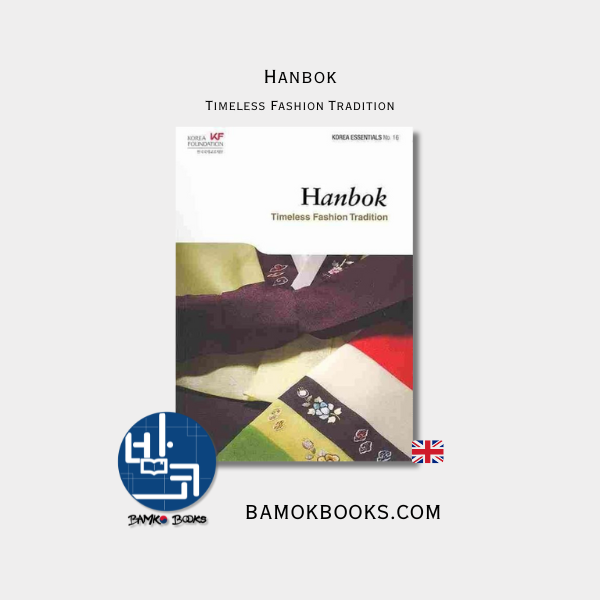<KR>
한국의 종교 그 조화로움의 공존!
에서는 샤머니즘, 불교, 유교, 기독교뿐만 아니라 원불교, 천도교와 같은 우리나라의 고유 종교를 소개한다. 각각 종교의 풍습과 종교예술, 그리고 역사속에서 각 종교들의 발생, 정착과정들을 설명하며, Appendix에서는 한국에서 널리 알려진 아름다운 사찰, 성당들 까지도 안내하고 있다.
책 속으로
<ENG>
Korea is a remarkable case study in religious coexistence. Even though only about half the country identifies as religious, the half that does displays a remarkable diversity of both indigenous and imported faiths, including Buddhism and Christianity (of both the Catholic and Protestant varieties).
Korean religious pluralism is no recent phenomenon. Koreans have respected religious diversity since ancient times. Indeed, if there is one overriding religious tendency in the Korean population, it is a preference for syncretism, of finding essential and common truths amidst diverse and often competing doctrines. Current Korean leaders have continued making efforts to further inter-faith understanding.
This book surveys the rich religious and spiritual tapestry that is contemporary Korea. We begin with the earliest of Korean faiths?the shamanism that prehistoric Koreans brought with them as they migrated to the peninsula from Central Asia?and continue on to today's most prominent faiths: Buddhism, Christianity, andConfucianism. Korea has given birth to a large number of indigenous faiths, and we will take a look at some of these, too.
<FR>
La Corée est une étude de cas remarquable sur la coexistence religieuse. Bien qu'environ la moitié seulement du pays soit considérée comme religieuse, la moitié d'entre elle présente une diversité remarquable de confessions autochtones et importées, y compris le bouddhisme et le christianisme (de variétés catholique et protestante).
Le pluralisme religieux coréen n'est pas un phénomène récent. Les Coréens respectent la diversité religieuse depuis les temps anciens. En effet, s'il y a une tendance religieuse dominante dans la population coréenne, c'est une préférence pour le syncrétisme, de trouver des vérités essentielles et communes parmi des doctrines diverses et souvent concurrentes. Les dirigeants coréens actuels ont poursuivi leurs efforts pour promouvoir la compréhension interconfessionnelle.
Cet ouvrage étudie la riche tapisserie religieuse et spirituelle qui est la Corée contemporaine. Commençons par les premières religions coréennes ?Le chamanisme que les Coréens préhistoriques apportaient avec eux alors qu'ils migraient d'Asie centrale vers la péninsule ?et poursuivre les confessions les plus importantes d'aujourd'hui : le bouddhisme, le christianisme et le confucianisme. La Corée a donné naissance à un grand nombre de confessions autochtones, et nous allons également en examiner certaines.
목차
Introduction
Chapter 1 Shamanism
History|Basic Beliefs & Practices|Mudang|Gut|Impact on Other Religions
Chapter 2 Buddhism
History|Basic Beliefs|Seon vs. Gyo|Buddhist Monks and Nuns|Korean Buddhist Temples|Buddhist Art
Chapter 3 Confucianism
History|Basic Beliefs|Confucian Practices|The Seowon|Impact on Society
Chapter 4 Christianity
History|The Great Persecutions|Missionaries|Christianity and the Nationalist and Democracy Movements
Chapter 5 Other Religions
Cheondogyo|Won Buddhism|Daejonggyo
Appendix
Statistics on Religion by Population in Korea
More about Religion in Korea
7 Buddhist Temples
7 Confucian Sites
7 Christian Sites
Map of 21 Religious Sites In Korea
















